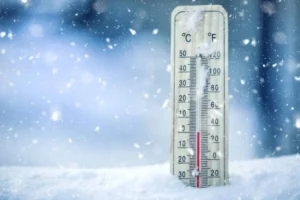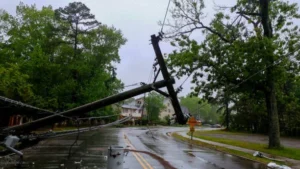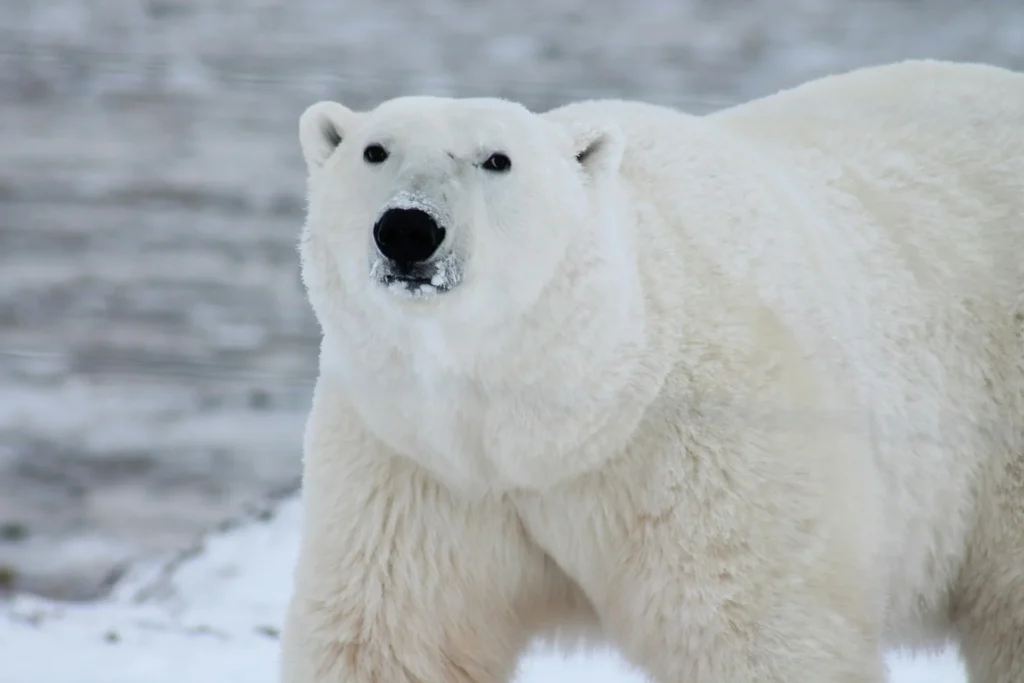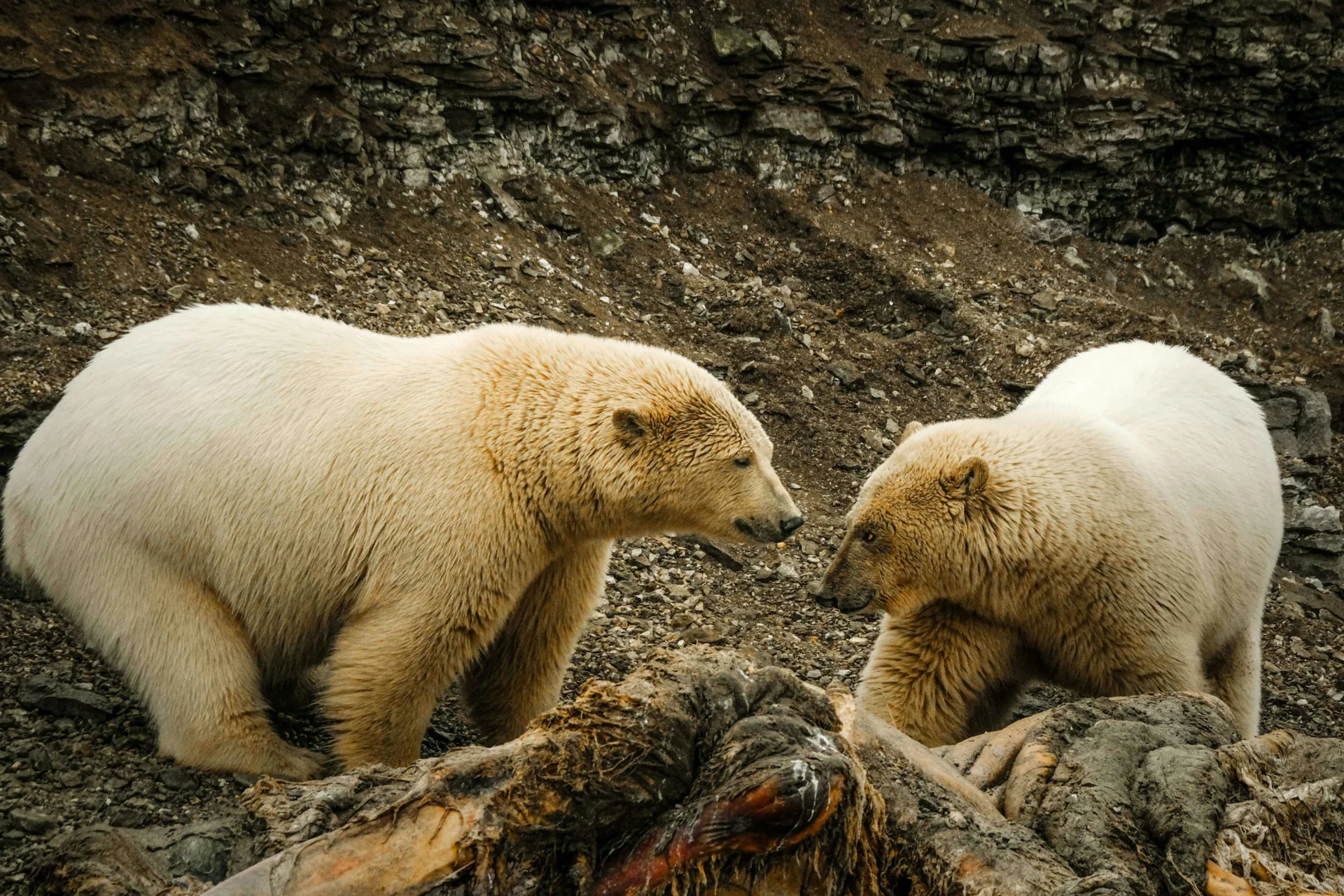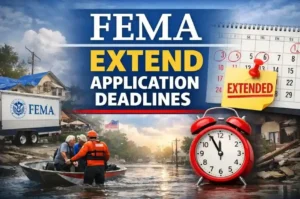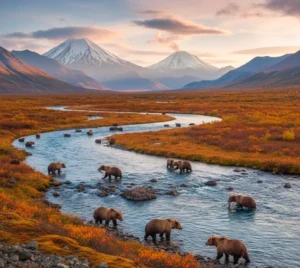Polar bears, with their majestic beauty and powerful presence, are one of Alaska’s most iconic wildlife species. Watching these creatures in their natural habitat is an unforgettable experience, but it comes with risks. How to stay safe while watching them in this state is a critical question for tourists and nature enthusiasts. This article will guide you through some safety tips to watch them and provide the knowledge needed for safe viewing.
Why is Polar Bear Safety Crucial?
They are apex predators known for their strength and intelligence. While they rarely attack humans, their curiosity and hunting instincts can pose risks, especially in remote areas of Alaska. Understanding safety precautions is essential to protect both yourself and these magnificent animals. Following precautions ensures a safe and ethical experience.
Polar Bear Behavior: What You Need to Know
Knowing how they behave can help you avoid dangerous situations. Here are key behaviors to understand:
1. Curious by Nature:
They are inherently curious and often investigate new sights, sounds, or smells in their environment. This curiosity can bring them closer to humans or campsites.
- Bears standing on their hind legs are usually trying to get a better view or sniff the air for information.
- They may approach vehicles or structures out of interest, not necessarily aggression.
- Maintain a safe distance and avoid actions that could further pique their curiosity.
- Secure all food and scented items to minimize attraction.
2. Apex Predators with a Hunting Instinct:
They rely on stealth and patience when hunting, primarily targeting seals on sea ice. While they don’t view humans as typical prey, they are opportunistic hunters and can attack if food is scarce.
- Bears crouching low or moving silently may be in “hunting mode.”
- A bear following you persistently could see you as a potential food source.
- Stay calm, back away slowly, and avoid sudden movements.
- Do not run, as this may trigger a chase.
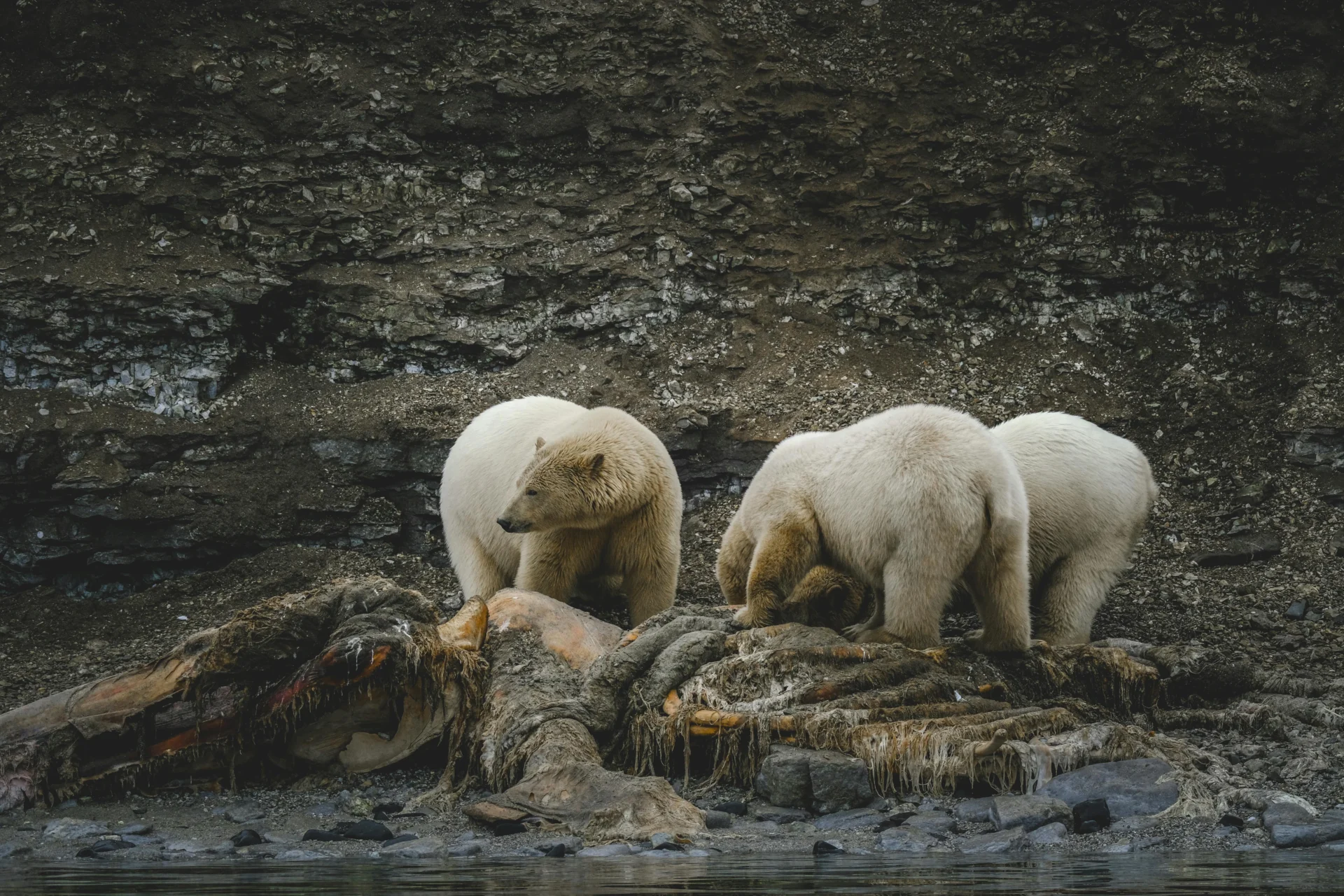
3. Territorial and Defensive Behavior:
They can be highly territorial, particularly during mating season or when protecting their cubs. Mothers with cubs are especially defensive and may charge if they feel threatened.
- Defensive displays include head swaying, huffing sounds, and pawing at the ground.
- A bear moving toward you at a rapid pace is likely feeling threatened or provoked.
- Give the bear space and avoid direct eye contact, which can be perceived as a challenge.
- If charged, stand your ground and use bear spray if necessary.
4. Seasonal and Environmental Influences:
Their behavior varies by season and habitat. During the summer, they may spend more time on land due to melting sea ice, which can lead to increased encounters with humans.
- Winter: They spend more time on sea ice hunting seals.
- Spring: Mating season makes males more territorial.
- Summer: Food scarcity drives them closer to human settlements.
- Plan your visit during seasons when bears are less likely to roam near populated areas.
- Work with local guides who understand seasonal patterns and habitats.
5. Communication and Social Interactions:
They are generally solitary but occasionally interact, especially during mating or when sharing a large food source like a whale carcass.
- Vocalizations like growls, roars, or huffs indicate stress or aggression.
- Playful behaviors among cubs and young bears include wrestling and mock fighting.
- Observe social interactions from a safe distance.
- Avoid areas where multiple bears are gathered, as competition for resources can escalate aggression.
6. Adaptations to Survive Harsh Environments:
They are masters of survival, relying on keen senses and physical adaptations to thrive in the Arctic. Their sense of smell is so acute they can detect a seal under the ice from miles away.
- Their thick fur and insulating fat layers allow them to withstand extreme cold.
- They conserve energy by resting for long periods between hunts.
- Appreciate these adaptations from afar and avoid disturbing their natural behaviors.
Alaska’s Best And Safest Locations for Polar Bear Viewing
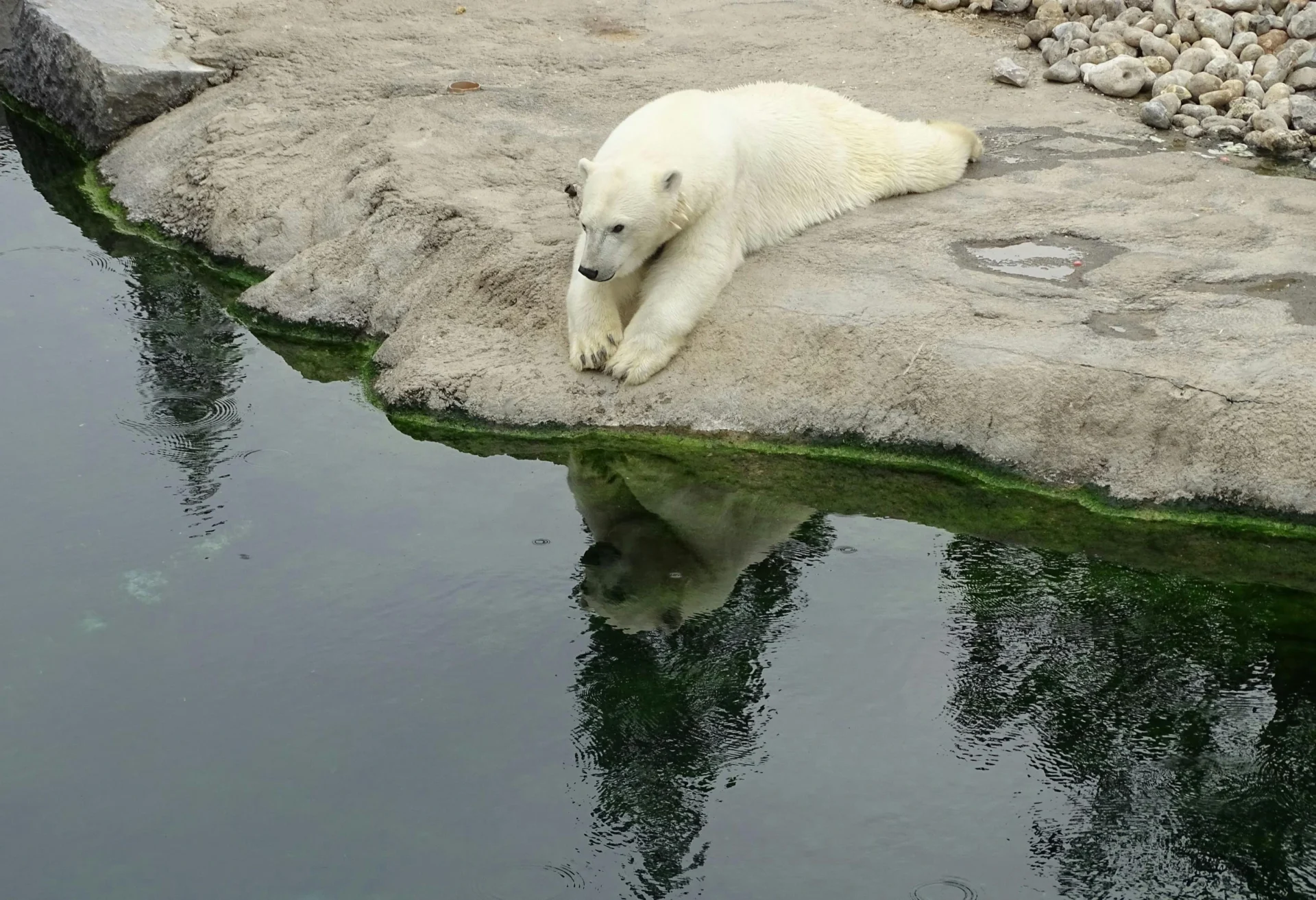
This state offers several prime locations for spotting them safely. Popular destinations include:
- Kaktovik: Known for its high concentration of these animals.
- Arctic National Wildlife Refuge (ANWR): A vast area with abundant wildlife, including them.
- Point Barrow: Offers opportunities for spotting them along the icy shores.
Ensure you choose areas with guided tours to enhance safety and minimize impact on the environment.
Essential Polar Bear Safety Guidelines for Tourists
When planning your trip, consider these safety guidelines for tourists:
- Travel in Groups: Never explore alone.
- Avoid Attracting Bears: Keep food stored securely to avoid luring them.
- Stay Alert: Watch for bear tracks and other signs of their presence.
- Use Binoculars: Observe them from a safe distance
Following these steps ensures a safer and more enjoyable experience.
Best Practices for Watching Polar Bears Safely
Here are the best practices for watching them safely in Alaska:
1. Maintain a Safe Distance:
These are wild animals, and getting too close can be dangerous.
Best Practice:
- Stay at least 300 feet (91 meters) away at all times.
- Use binoculars or a high-powered zoom lens for close-up views without risking safety.
2. Always Travel in Groups:
Venturing into the territory alone is not recommended. Groups are less likely to encounter danger and are better equipped to handle emergencies.
Best Practice:
- Join guided tours with professional operators who have experience.
- If traveling independently, ensure you are in a group and inform someone about your plans.
3. Stay Quiet and Avoid Sudden Movements:
Loud noises or abrupt actions can startle them and provoke defensive or aggressive behavior.
Best Practice:
- Move slowly and avoid sudden gestures when watching them.
- Speak in hushed tones and respect the quiet of the Arctic environment.
4. Respect Local Guidelines and Rules:
Different regions in this state have specific regulations for wildlife viewing to protect both visitors and bears.
Best Practice:
- Follow all instructions provided by your guide or local authorities.
- Adhere to posted signs and avoid restricted areas.
5. Carry Essential Safety Gear:
Proper equipment can make all the difference in staying safe during an encounter.
Best Practice:
- Always carry bear spray and know how to use it.
- Bring a satellite phone or emergency beacon in case you need to call for help in remote areas.
- Wear warm, waterproof clothing to withstand Arctic conditions.
6. Avoid Food and Strong Scents:
They have an acute sense of smell and can be drawn to food or scented products.
Best Practice:
- Store food securely in bear-proof containers.
- Avoid using scented products such as perfumes or lotions that might attract them.
7. Observe Polar Bears’ Behavior:
Understanding how they behave can help you anticipate and avoid potentially dangerous situations.
Best Practice:
- Watch for warning signs like growling, head swaying, or pawing at the ground—these indicate agitation.
- If they appear curious, back away slowly and calmly without turning your back.
8. Choose Responsible Tour Operators:
A reputable tour operator can provide a safe and educational viewing experience while minimizing your impact on the environment.
Best Practice:
- Research tour companies with a strong focus on safety and environmental conservation.
- Opt for small-group tours to reduce stress on the wildlife and improve your experience.
9. Be Prepared for Harsh Weather:
The Arctic environment is unpredictable, with freezing temperatures, strong winds, and sudden storms.
Best Practice:
- Check weather forecasts and plan your trip during calmer conditions.
- Wear insulated layers, sturdy boots, and gear designed for subzero climates.
10. Avoid Active Polar Bear Dens:
Approaching it can disturb mothers and cubs, leading to dangerous encounters and harm to them.
Best Practice:
- Stay away from known denning areas and report any sightings to local wildlife authorities.
- Work with guides who are knowledgeable about avoiding these sensitive habitats.
Choosing Guided Tours for Safe Polar Bear Viewing
Opting for guided tours is one of the best decisions you can make. Experienced guides:
- Provide Local Expertise: They know their behavior and local terrain.
- Ensure Safety: They carry safety equipment and monitor group activities.
- Educate Tourists: Guides share insights about them and their environment.
Choose reputable operators specializing in guided tours for safe viewing.
Common Mistakes and How to Avoid Them
When it comes to watching polar bears in the state of Alaska, even small mistakes can lead to dangerous situations. Here are some of the most common errors made by tourists and tips on how to avoid them:
1. Getting Too Close for a Better Photo:
One of the biggest mistakes people make is trying to get closer to them for that perfect shot. This not only puts you in danger but also stresses the animal.
How to Avoid It:
- Always maintain a safe distance of at least 300 feet (91 meters).
- Use a high-quality camera or binoculars to capture details from afar.
2. Ignoring Safety Briefings from Guides:
Tour guides are trained professionals who provide critical information about staying safe around them. Skipping or dismissing these briefings can lead to accidents.
How to Avoid It:
- Pay attention to all safety instructions provided before and during the tour.
- Ask questions if you are unsure about any guidelines.
3. Leaving Food or Trash in the Open:
They have an extraordinary sense of smell and can detect food from miles away. Leaving food or garbage unattended can attract them to your location.
How to Avoid It:
- Store food in bear-proof containers or designated storage areas.
- Pack out all trash and avoid leaving anything behind in their territory.
4. Venturing Out Alone:
Exploring their habitats without a group or guide is extremely dangerous. Solo travelers are more vulnerable in remote areas.
How to Avoid It:
- Always travel in groups, preferably with an experienced guide.
- Inform someone of your travel plans, including your expected return time.
5. Wearing Strong Scents:
Perfumes, lotions, or other scented products can attract them. These smells can signal food or provoke unwanted attention.
How to Avoid It:
- Avoid using scented products during your trip.
- Stick to unscented personal care items.
6. Overlooking Weather Conditions:
The Arctic environment is unpredictable, and harsh weather can amplify risks. Many tourists neglect to prepare for extreme cold or sudden storms.
How to Avoid It:
- Check weather forecasts before heading out.
- Dress in layers with insulated, waterproof clothing.
7. Misjudging Polar Bear Behavior:
Some tourists mistakenly interpret their curiosity as harmless behavior, not realizing how quickly a situation can escalate.
How to Avoid It:
- Assume all are dangerous and keep your distance.
- Watch for warning signs like head swaying, growling, or direct eye contact.
8. Failing to Carry Emergency Equipment:
Many visitors underestimate the need for safety gear, such as bear spray or a satellite phone, especially in remote areas.
How to Avoid It:
- Pack essential safety gear, including bear spray, flares, and a satellite phone.
- Know how to use these tools before your trip.
Polar Bear Safety Equipment and Gear
Carrying the right equipment can make a significant difference. Essential gear includes:
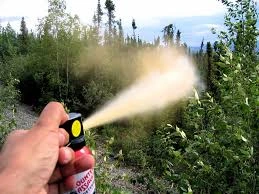
Bear Spray: A must-have for emergencies.
Binoculars: For observing from a safe distance.
Warm Clothing: Protect against harsh Arctic conditions.
Satellite Phone: Essential for remote areas with no cell coverage.
Investing in quality gear is crucial for your safety and comfort.
Alaska’s Laws and Regulations on Polar Bear Viewing
Alaska has strict laws to protect them and their habitat. Key regulations include:
1. Prohibition on Feeding or Harassing Polar Bears:
It is illegal to feed, disturb, or harass them under the Marine Mammal Protection Act (MMPA). This law ensures that human activity does not disrupt their natural behaviors or put them in harm’s way.
What This Means for You:
- Never attempt to feed them, even unintentionally.
- Avoid actions like yelling, throwing objects, or making loud noises to attract their attention.
2. Safe Viewing Distances:
Alaska mandates maintaining a minimum safe distance from them to protect both the animals and the viewers. Approaching too closely can cause stress to the bears and increase the risk of aggressive encounters.
What This Means for You:
- Always stay at least 300 feet (91 meters) away from them.
- Use binoculars or telephoto lenses to observe from a safe distance.
3. Permits for Specific Areas:
Certain regions, like the Arctic National Wildlife Refuge (ANWR), require permits for viewing them. These permits regulate the number of visitors, minimizing environmental impact and ensuring the bears’ safety.
What This Means for You:
- Check permit requirements before visiting protected areas.
- Apply well in advance, as permits may be limited during peak seasons.
4. Restrictions on Motorized Vehicles:
The use of motorized vehicles, including snowmobiles or boats, is restricted in some polar bear habitats. Excessive noise or emissions can disturb the animals and damage their environment.
What This Means for You:
- Follow local regulations regarding vehicle use in protected areas.
- Opt for eco-friendly tour operators who prioritize sustainable practices.
5. Mandatory Use of Guided Tours:
In certain high-risk areas, tourists must join licensed guided tours to ensure safety and compliance with local laws. Professional guides are trained to handle encounters and minimize disruptions to them.
What This Means for You:
- Choose reputable tour operators with proper licensing and experience.
- Follow the instructions of your guide at all times during the tour.
6. Prohibition on Interfering with Denning Sites:
Polar bear dens are critical for the survival of cubs during the harsh Arctic winters. Disturbing these sites is strictly prohibited by law.
What This Means for You:
- Avoid exploring areas with known denning activity.
- Report any sightings of dens to local wildlife authorities to help protect the bears.
7. Reporting Polar Bear Incidents:
If you encounter them in distress or witness illegal activities, it’s your responsibility to report the incident to the proper authorities.
What This Means for You:
- Contact the U.S. Fish and Wildlife Service or local wildlife agencies if necessary.
- Provide accurate details about the location and nature of the incident.
Conclusion
Polar bear watching in Alaska is a once-in-a-lifetime experience, but safety must always come first. By following these safety tips, respecting the environment, and choosing responsible tour operators, you can enjoy this adventure responsibly.

